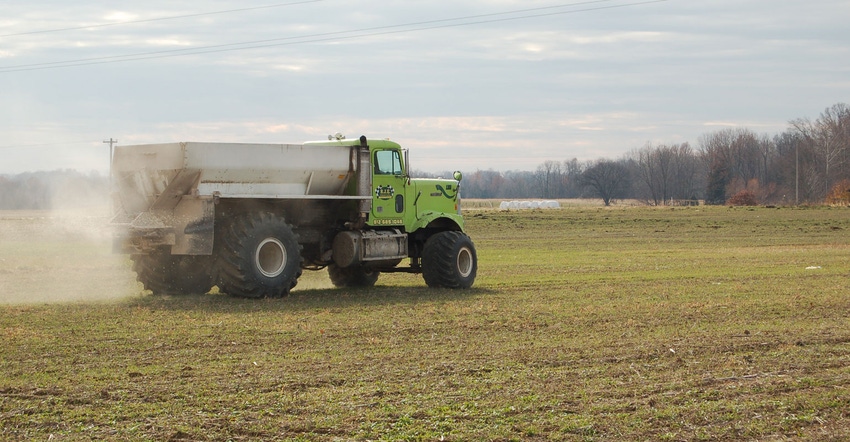August 30, 2022

I didn’t apply phosphorus and potassium ahead of corn last fall because prices were high. They’re higher now. Can I skip another year of applications?
The panel of Indiana certified crop advisers answering this question includes Steve Gauck, regional agronomy manager for Beck’s, Greensburg; Andy Like, agronomist with Evansville AgriSelect LLC, Vincennes; Dan Quinn, Purdue Extension corn specialist, West Lafayette; and Dan Ritter, central region agronomist with Dairyland Seed, Rensselaer.
Gauck: Some growers look at soils like a bank. For many years, they’ve made deposits. So, when can they withdraw? The challenge is, yields increased and plants made withdrawals, rewarding you with bushels. Look at soil test results. Are soils balanced for pH and even base saturation? If so, you’re gaining nutrients efficiently. If not, you will start getting soils out of balance, and it will be a challenge to improve them.
Reducing fertilizer applications seems like a quick fix to high input costs, but it can have a long-term effect that may be more costly. Run your budgets. With higher commodity prices, applying fertilizer is still profitable. Look at a crop removal rate instead of a buildup rate if soil test levels are adequate. What other ways can you use fertilizer more efficiently? Prepay time is coming. Are there cost savings you can find?
Like: This depends on your soil test levels and expected yields. If soil test levels are below average, expect a yield hit from lack of soil fertility. It wouldn’t take much yield reduction to make a fertilizer application economical. Many times, these decisions are impacted by non-agronomic reasons like availability of money, time or labor.
Quinn: The first thing to check would be soil test results for P and K. Ideally, you would want to sample again following harvest this year to account for any potential crop nutrient removal from the 2022 crop. If soil test results for P and K are above the critical level for the specific crop that will be planted, assume that no additional yield gain will be achieved from an additional P and K application. You could skip this application for another year.
However, it is important to monitor your soil test levels if you choose not to fertilize so P and K levels do not fall below the critical level and result in yield loss. The recently updated Tri-State Fertilizer Recommendations can help provide additional information.
Ritter: Previous soil test levels and crop removal rates will determine how long you can rely on “banked” nutrients. If soil levels were high and removal rates kept you in the adequate zone for soil fertility, perhaps you could skip again. I would prefer adding some fertilizer this year. My fear is that if you don’t apply some fertilizer this year, when you really need to add fertilizer, it will be a huge financial undertaking. If your soil test indicates low to deficient levels of either nutrient, do not skip an application.
Editor’s note: Look at P and K independently when checking soil test results. One could be high and the other low. Follow these CCA recommendations for each nutrient, one at a time.
You May Also Like




